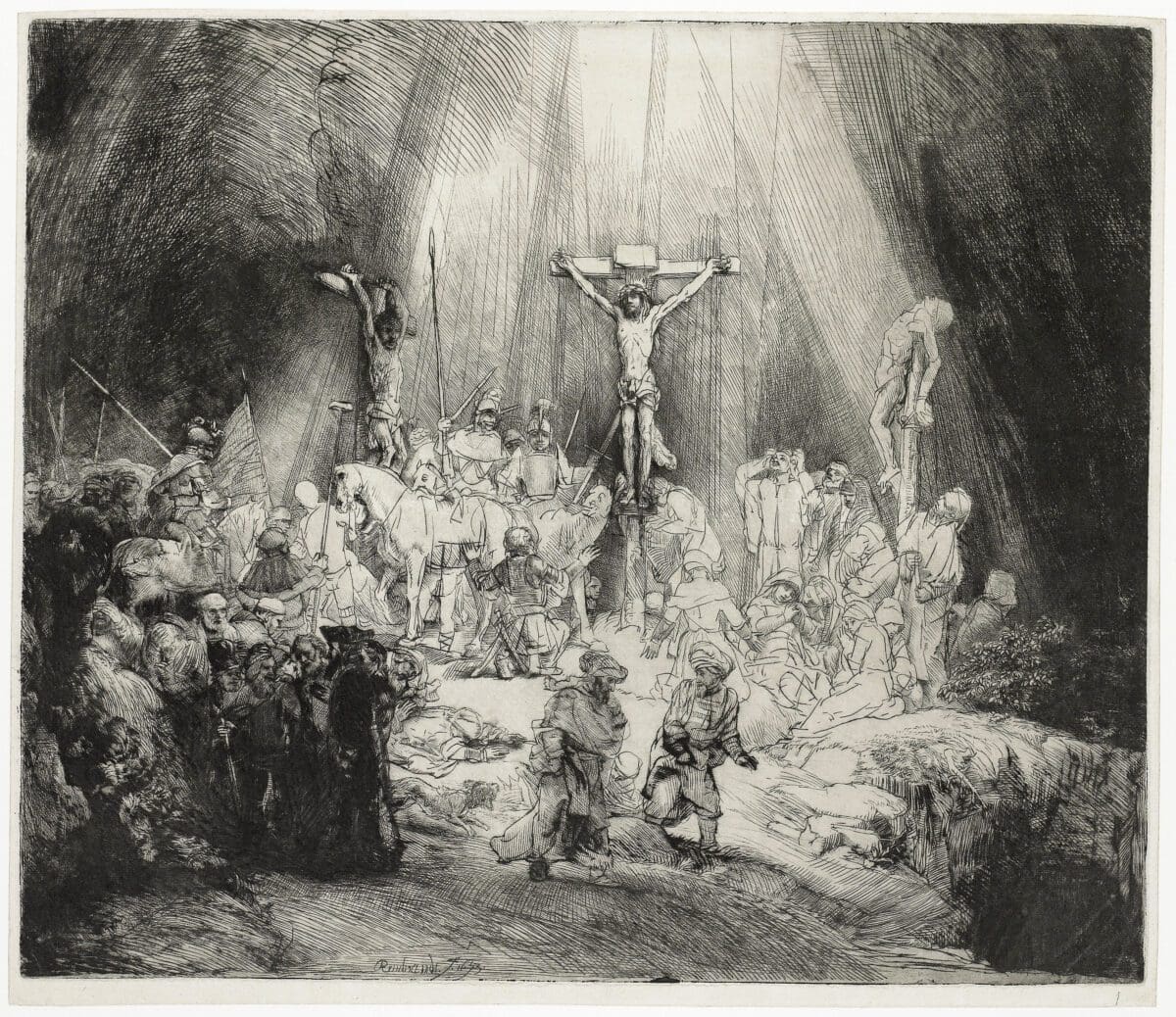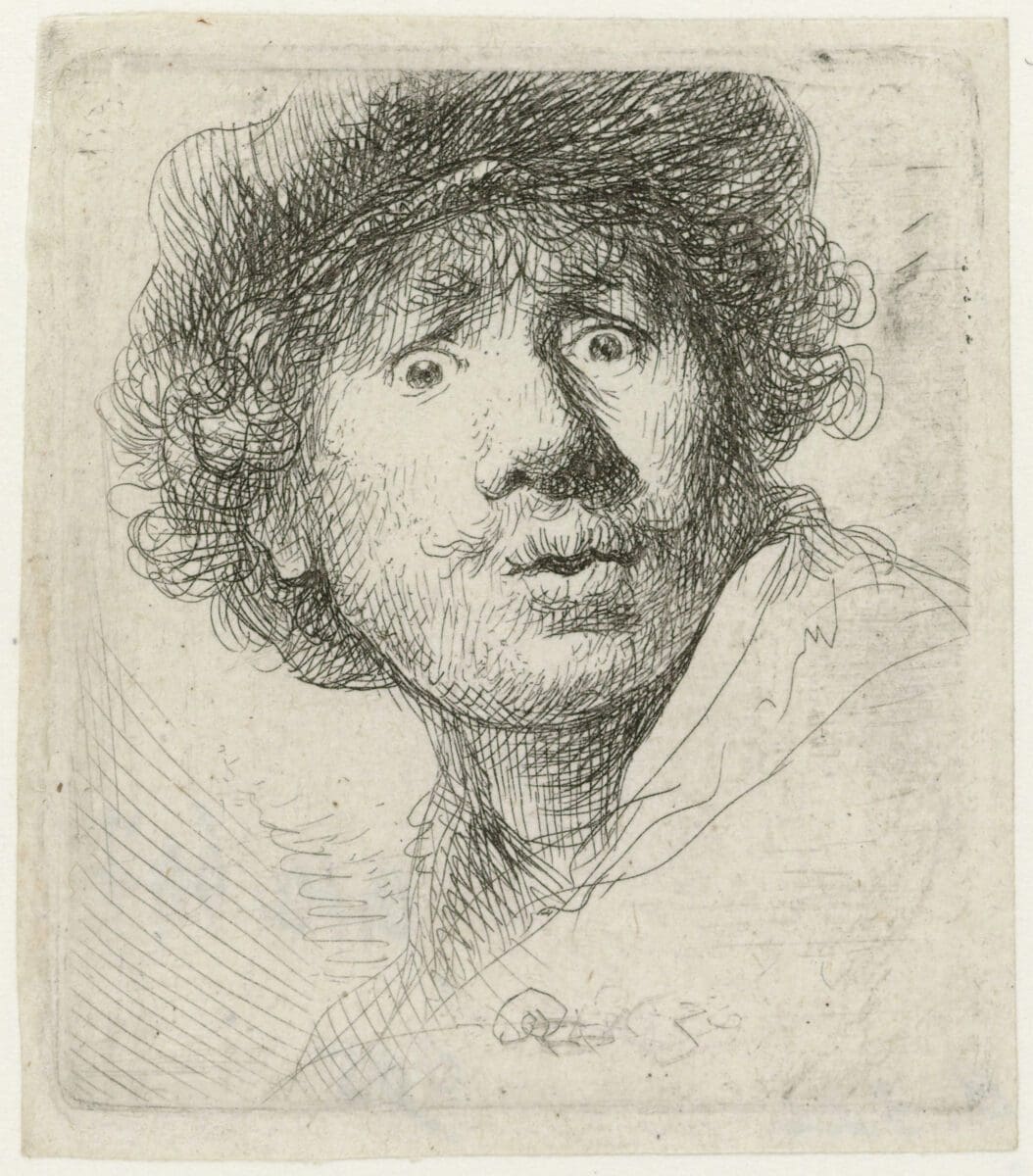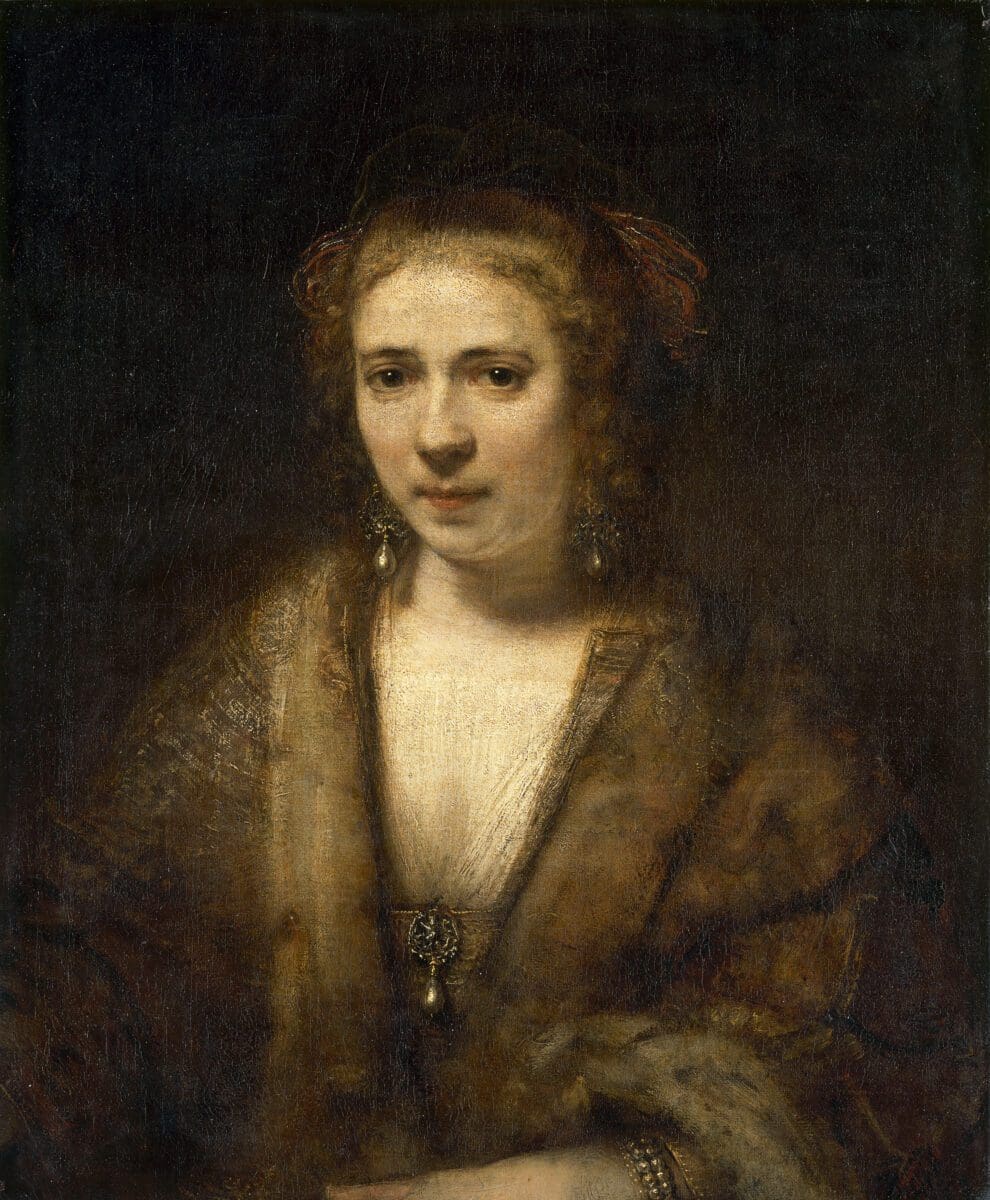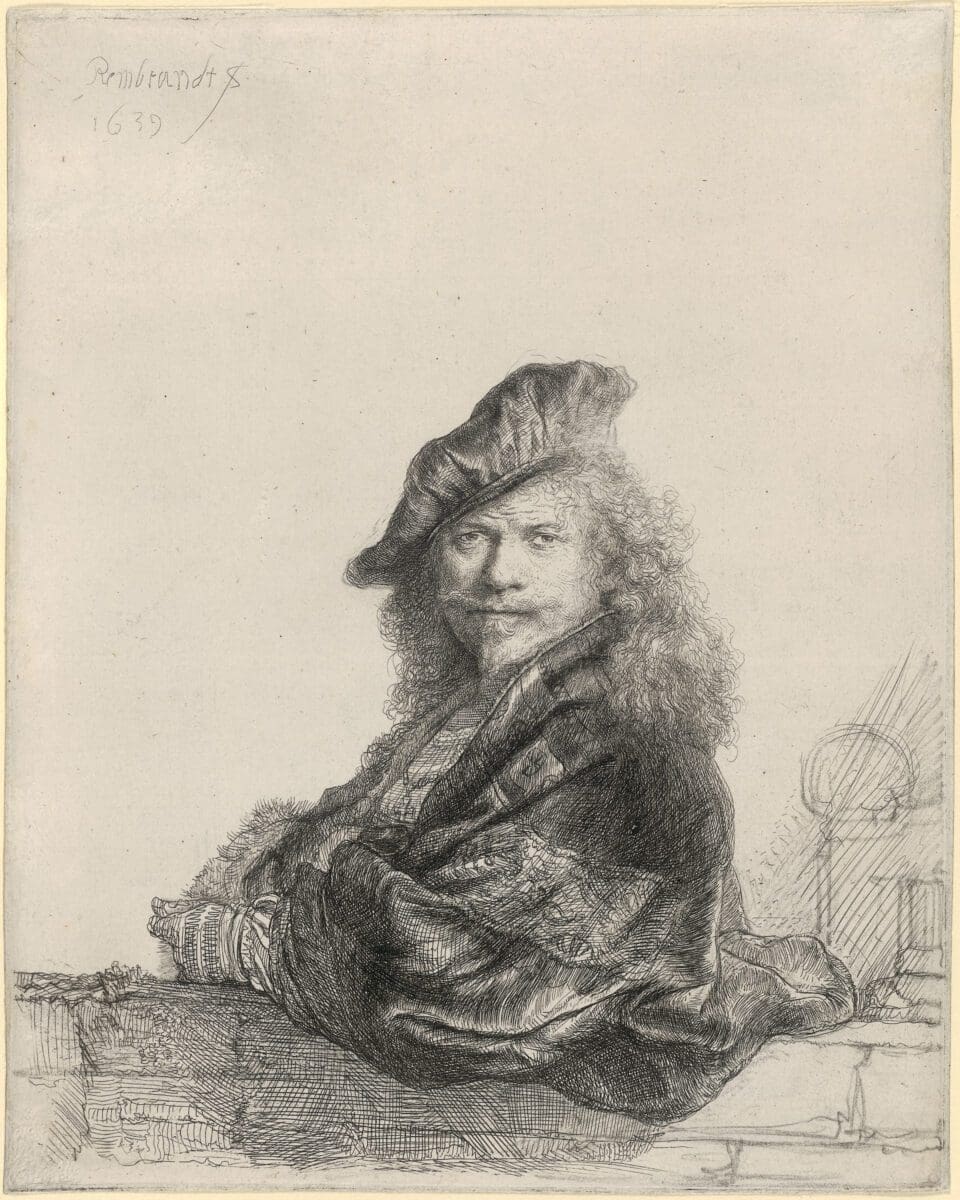
Poetics of Relation
Tender Comrade, currently on show at Sydney’s White Rabbit Gallery, creates a new vocabulary of queer kinship by reimagining the relationship between artworks, bodies and space.







Francisco Goya once said, “I have had three masters: Nature, Velázquez, and Rembrandt.” It’s not surprising; the Dutch master is arguably one of the most influential and revered artists in history. Now, the NGV is putting on the most comprehensive exhibition of his vast oeuvre in more than 25 years.
Curator of Prints and Drawings, Petra Kayser, believes time and distance has no bearing on Rembrandt’s relevance to an Australian audience. “What strikes me with Rembrandt,” she says, “is his sense of naturalism, his observations, the way he captures gestures and emotion so direct and engaging.” Indeed, one of the highlights of the various international works on loan for the show is his 1659 Self-Portrait, which has an almost Mona Lisa-esque quality to it in the air of mystery and sense of aura. Kasyer describes it as, “It’s one of those paintings that has such a strong presence. It feels like there’s someone there.”
The Amsterdam in which Rembrandt lived and worked is also not as far from Melbourne as we might think. In the mid 17th century it was a thriving metropolis, a distinctly progressive and open society. And it had a rapidly changing art market. “Traditionally the biggest sponsorships and commissions were coming from the church, or the court,” says Kayser, “but for the first time, on that scale, artists were making art for the open market.”
A unique aspect to this exhibition in comparison to other Dutch masters is a recreation of Rembrandt’s ‘Wunderkammer’—or cabinet of curiosities. An avid collector of prints and drawings, rare natural objects, musical instruments, weapons and exotic artefacts. He never left the Netherlands in his life, so his collection was “a way of bringing the world into his house”.
Rembrandt: True to Life
NGV International
2 June—10 September